Yet again a chance comment on my Traditional Cheshire food page, by the gentleman- genius Frank Beswick this time about Government cheese, prompted me to make a sideways step to look at a topic this time into WW2 ration food.
Rationing continued in Britain until 1954. This was later than almost anywhere else in the world. We often hear about war time food but I decided to have a look at post-war time UK food to make it a bit different.
Food was still rationed but surely there must have been a more relaxed atmosphere when family lives weren't in constant, imminent danger and many men had returned from the War in need of feeding.
I thought that looking at Post war ration food would give this a different perspective.
I included the famous UK war time recipe for Woolton Pie too though ! Where would the Brits have been without it?


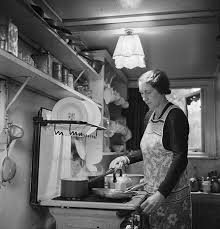
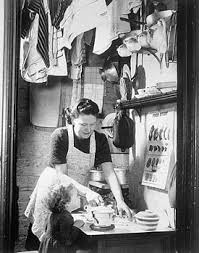
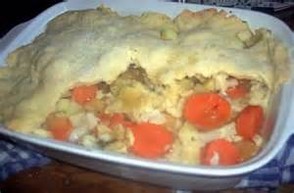
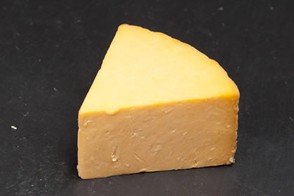
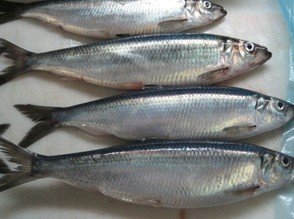
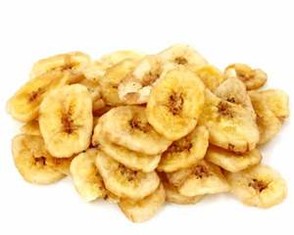
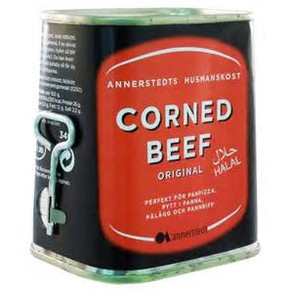
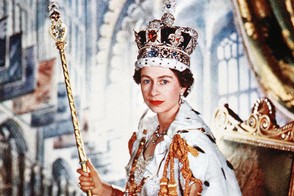

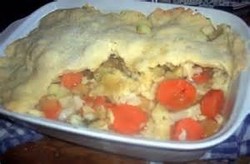

 Blarney Castle and Gardens, County Corkon 06/01/2023
Blarney Castle and Gardens, County Corkon 06/01/2023
 An Cóbh, Corcaigh, Eireon 05/29/2023
An Cóbh, Corcaigh, Eireon 05/29/2023
 Dublin ; The Book of Kellson 04/04/2023
Dublin ; The Book of Kellson 04/04/2023
 The Bee Tree Community CIC;- an online support communityon 08/24/2022
The Bee Tree Community CIC;- an online support communityon 08/24/2022
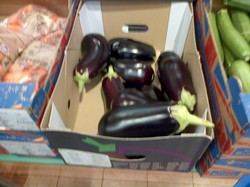
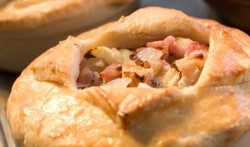
Comments
Your comment four boxes down, on Dec. 13, 2016, intrigues me.
Might Cheddar cheese in its sharp and extra sharp manifestations make its presence known even when cooked?
I did not eat it much, as our family did not eat it, but I did like it. Mind you, there is not much that I don't like eating, as you know. And I liked blancmange.
It was horrible as was blancmange but it was freely available as thickened milk. BUt the people ate what they had to in order to survive.
One dessert was junket. This was milk with vanilla heated to body temperature then set with the addition of rennet. It was often served chilled. It was common in the 1950s, but I have not seen it in many years.
There are many cheeses much better than Cheddar cheese, a highly uninspiring choice compared to most cheeses. Mum only used it for cooking .
Talking of cheese. When government cheddar finished it took years for cheese makers to bring back their cheeses at a price that ordinary people could afford. I can recall the first time that mother managed to buy Cheshire cheese. I had never realized that there were cheeses other than cheddar.
Talking of fish. I have never seen ling in a shop any time, though I know that it is caught off the West of Ireland, where the Irish have always eaten it. But it never made it to the shops in our part of England [North West.] Coley was eaten in Scotland, where it is commoner in in-shore waters than it is on the English coast.
I really admire how the women found inventive ways to feed their families.
Another fish that might have made its way onto dinner plates is horse mackerel. A number of species are covered by this term, but the Atlantic horse mackerel, also known as the scad, is an abundant fish. Although not in the same family as the mackerel, the two fishes have similar tasting flesh.
For John Bartlett
Snoek
Snoek was a very cheap imported fish and regarded as ersatz, a poor imitation. But resourceful Post war cook made a meal of It . It is like mackerel an is known as Barracuda or sierra in other part of the world.
I am posting a 1948 recipe for Snoek.
Not at all. I love a challenge and this was very interesting. I get so many history requests and love searching through books and newspapers . The internet has take the joy out of looking things up in books I think. If I hear of something I shall let you know on this page.
Ty John